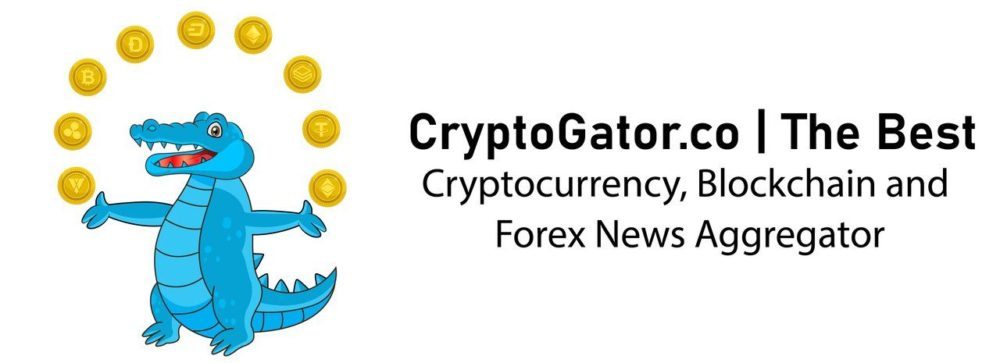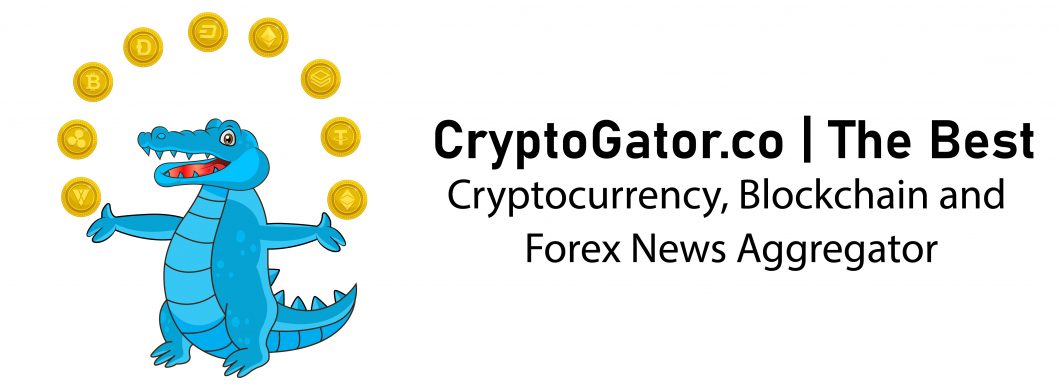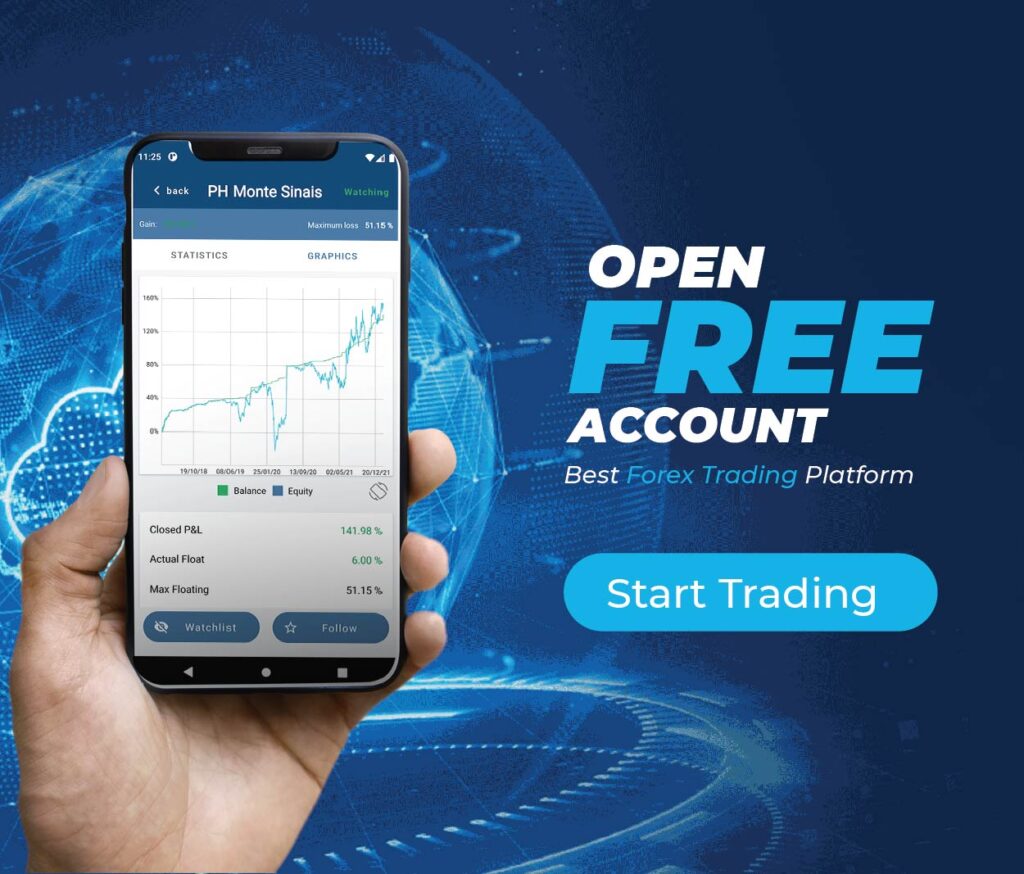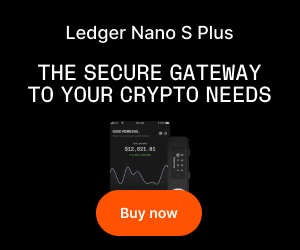Community building has been around long before DAOs, and CMX is a network of community builders co-founded by David Spinks. Spinks is the author of The Business of Belonging and a thought leader in the community building space.
In 2020, CMX selected a software company called Atlassian (developers of Trello and Jira) as the recipient of Community of the Year. What makes this community so special? Great communities require investment. According to CMX, the Atlassian core product team dedicated ten support engineers working together with fifteen community managers and a community analyst.
A Community Analyst is Key
The analyst helps to translate the appropriate data into information that Atlassian leadership can use to assess the quality of community. A key takeaway that is applicable to DAOs is exploring the link between the technical delivery team and the community through transparency and roadmaps.
Most DAOs focus on finding the best Discord community manager, but I think a community analyst could be a helpful role to support the community manager and present tangible results to share with those considering joining the DAO as a member. Spinks also offers a simple metric for measuring the health of a community.
The Stickiness Ratio is a ratio of daily active users (DAU) to monthly active users (MAU), which asks of those active over the last thirty days, how many are active today? According to Spinks, 10%-20% is pretty solid and anything over 20% is amazing. Tools like this allow more questions to be asked. You can start looking into the habits of the most active users and when they are most likely to interact with the community. Some of these traditional community tools definitely have a place in the DAO ecosystem.
As someone interested in testing the waters of Web3 experiences, how can you identify opportunities that resonate with you? It’s deeper than the amount of available time in the day. It’s more about energy allocation to the things that matter most to you. In general, most decisions are made by looking at data presented by a third party under the guise of objectivity.
If you want to buy a car, you look at Kelly Blue Book to see where prices are landing for the model you are seeking. If you are selling your house, you hire someone to assess its value so a bank can approve the loan for the buyer. Sometimes, the process allows a little more interaction and transparency. For example, if I’m trying to join a band, I’d submit an audition tape for consideration. If they like what they hear, I may be invited to a live audition to test the chemistry with the other musicians.
Similarly, if I’m applying for a job, I submit an application and hopefully earn the opportunity to meet the hiring manager. As DAOs emerge as a new method of activating like-minded communities and become a viable path to the future of work, prospective members need a simple method to determine alignment and fit.
Evaluating the Subtle Aspects of a Community
One perspective puts a Web3 spin on an existing success metric in the brand space. Net Promoter Score is a market research method to measure customer experience and help predict potential business growth. By asking the likelihood of recommending a particular product or service to a friend, brands can identify detractors, passives and promoters to determine the effectiveness of their marketing efforts.
Chris Cantino from Color Capital uses this existing framework to offer a concept called Net Community Score, which proposes an evaluation technique of a DAO’s coveted superpower – community. Cantino uses a 5-point scale based on a weighted distribution of voter participation, Discord members, Telegram members, registered membership on the platform, and Twitter follower count.
While it’s a great place to start, is it possible to evaluate the less tangible, more subjective aspects of a community? According to Sarvas Kulpati, communities are a group of people interacting around a shared passion or purpose. Kulpati went as far to create a formula for measuring the strength of a community.
The compelling aspects to consider are that this formula focuses on the strength of the shared passion and the depth of connection rather than the number of connections. The shared passion is the glue holding the community together, and if the passion is strong, the connections between people holding the shared passion will be stronger.
Kulpati also found that the frequency of interaction between community members wasn’t as important as the shared passion. Think of a friend that you hold a deep connection with but don’t see very often. When you get together, it feels like you haven’t missed a beat.
Measuring the Strength of a Community
What if we added a way to measure the strength of the community members’ alignment to the shared passion? More importantly, can the shared passion be clearly identified to those external to the community? Interaction on a Discord channel is easy to measure, but how could we measure the depth of this interaction? Even more, how could this information be presented to those outside of the DAO?
Individual superpowers feed the aggregate superpower of any DAO. What if you could track the meaningful application of those superpowers? One idea is to create a superpower emoji or icon for the community to apply to conversations, interactions or activity on the channel. This would assume that all individuals within the DAO have documented or encapsulated their superpower.
For example, one member could be a great storyteller, and another member could be a rockstar developer. A bot could be designed to track the superpower application scores (instances where their superpower has been meaningfully applied) for each member. Similarly, active participation could be tracked by documenting proposals submitted and proposals commented on by members.
While Web3 is new and emerging, there are existing philosophies and tools that can help its adoption and generate its most compelling use cases. The success of DAOs can be measured in the strength of their community, and humans have been building communities for millions of years.
The shared passion of a community is the magnetic force that draws people to it. The quality of interaction and depth of connection is what keeps people engaged. If DAOs can find ways to tangibly describe their communities, and those interested in joining DAOs had a simple way to navigate this information, we will see another inflection point of accelerated adoption.
Want more? Connect with NFT Plazas
Join the Weekly Newsletter
Join our Discord
Follow us on Twitter
Like us on Facebook
Follow us on Instagram
*All investment/financial opinions expressed by NFT Plazas are from the personal research and experience of our site moderators and are intended as educational material only. Individuals are required to fully research any product prior to making any kind of investment.
The post DAOnload: A Measured Sense of Belonging appeared first on NFT Plazas.



